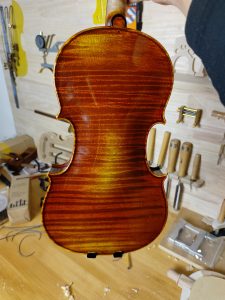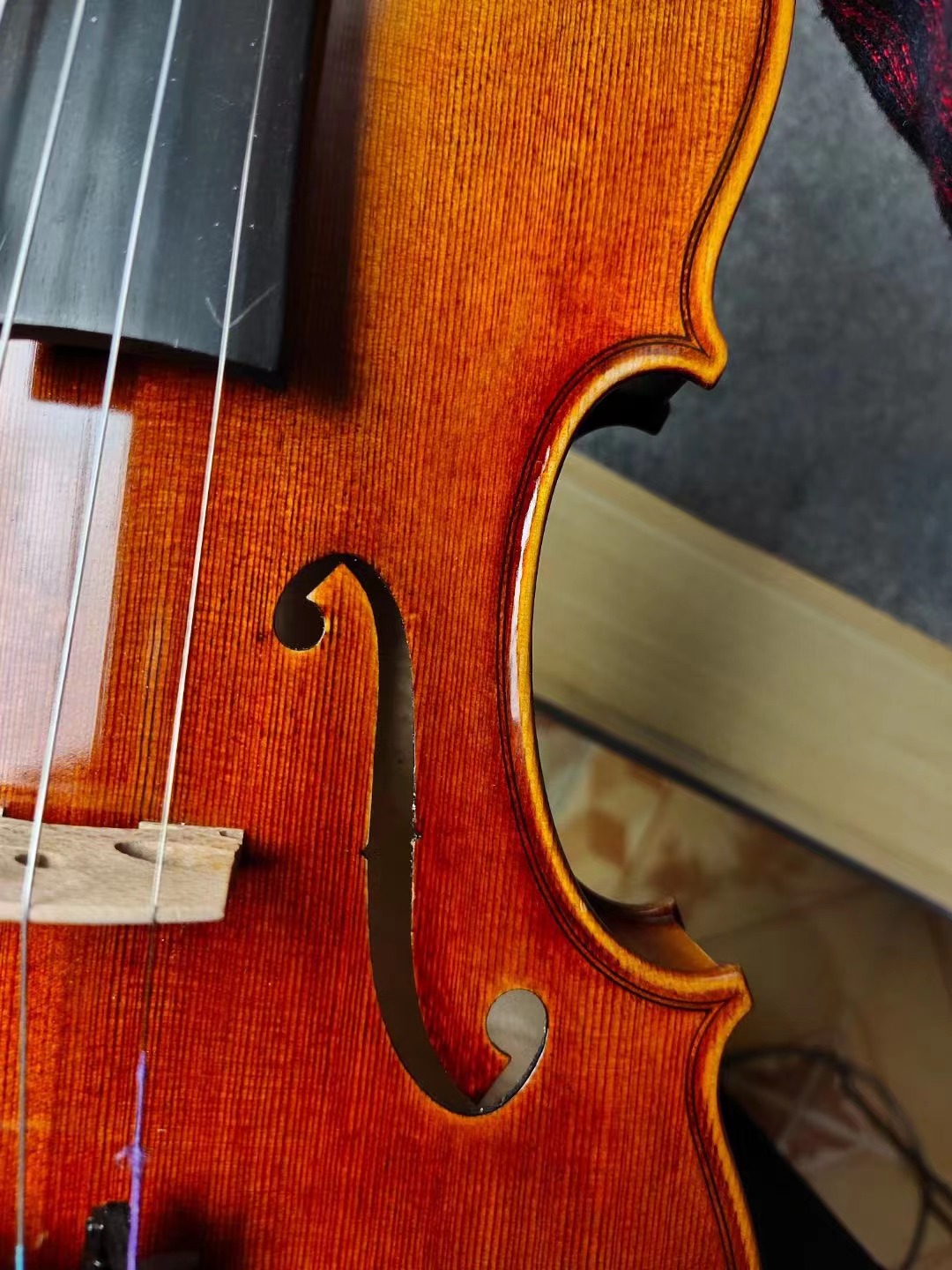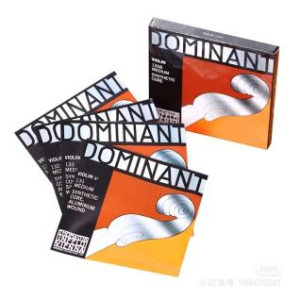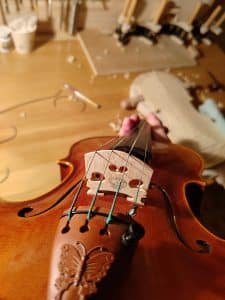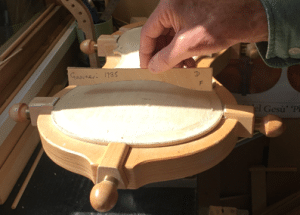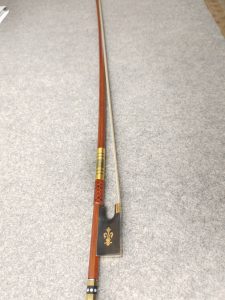How to choose the right violin bow? 【Study Guide】
The violin's bow is an extension of the violin player's arm. To play the violin, a violin bow is indispensable. in the marketviolin bowThere are many types, with different appearances, workmanship, and materials, and prices ranging from tens to thousands of yuan. How do we choose the right violin bow?
Welcome to buy a stringed instrument from Artisan Violins, you canClick on this linkConnect with us!
How much does a violin bow weigh?
The weight of a violin bow is generally around 60 grams. Some people prefer a heavier bow, while others prefer a lighter bow. Which one has better control? Which one do you prefer? For yourself, you should try the bow before choosing it. When testing a bow, you can play a familiar piece of music to test it.
What materials are used for bows?
Bow pole materials are divided into two categories: carbon fiber and wood. Carbon fiber bows are mass-produced violin bows using molds. Because they are not affected by temperature and humidity, have high tension and stability, are highly durable and easy to maintain, they are relatively cheap. This type of bow is suitable for beginners’ practice and violin grading. Wooden bows are highly professional, and the material is generally Brazilian rosewood. Wooden bows are greatly affected by the environment and difficult to maintain. They should be kept away from high and low temperatures or humid environments. Wooden bows are mainly used for competitions. Compared with carbon fiber bows, wooden bows are of higher quality and therefore more expensive. You need to choose carefully when purchasing.
elasticity and curvature
Generally speaking, the curvature of the bow rod should be so that when the bow hair is just tightened, it should be in contact with the lowest point of the bow rod's bend. When the bow hair continues to be tightened, the part of the bow rod near the bow head must not protrude upward. Regarding elasticity, the higher the elasticity of the bow, the better. It needs to be able to meet the requirements of bow jumping, and when the long bow is drawn, the sound in the middle bow should be smooth and not tremble or jump.
Appearance and quality
When you get a bow, you first need to look at the number of horsetails, which are usually 150-180. Some practice bows have very few ponytails, so they should not be used. The bow hair should be uniform in thickness and should not have small bumps. In addition, you also need to check whether the bow is straight, whether the base of the bow is in line with the tip of the bow, and whether it is in line with the horsetail. The specific method is to look from the base of the bow to the tip of the bow. Some bows have crooked stems and ponytails. Twist the ponytail adjustment screw again to see if the ponytail can be tightened.
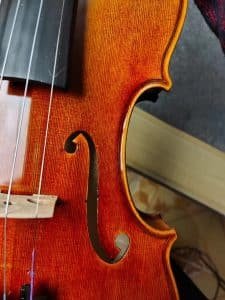
Welcome to buy a stringed instrument from Artisan Violins, you canClick on this linkConnect with us!
Summarize
Violin bows come in different types and prices. Whether it is an ordinary piano bow costing tens of dollars or a performance-specific bow costing several thousand dollars, a good bow must be straight and elastic, and the weight must be appropriate. The violin bow plays a decisive role in the tone, and when placed on the strings, it should produce a pleasant sound. For the player, it must be a bow that suits him or her. When choosing a bow, in addition to the tone, quality and feel of the bow, you should also consider your budget and financial level. Professional players can choose expensive high-end bows. For beginners, it is enough to choose an ordinary bow worth several tens of yuan.
